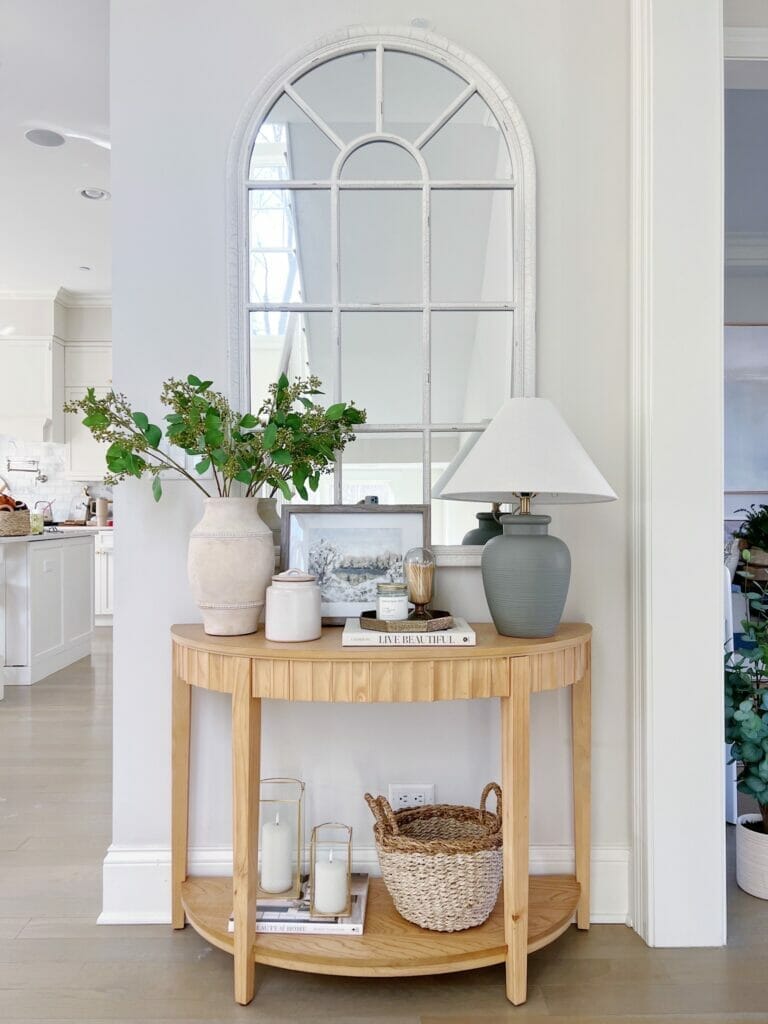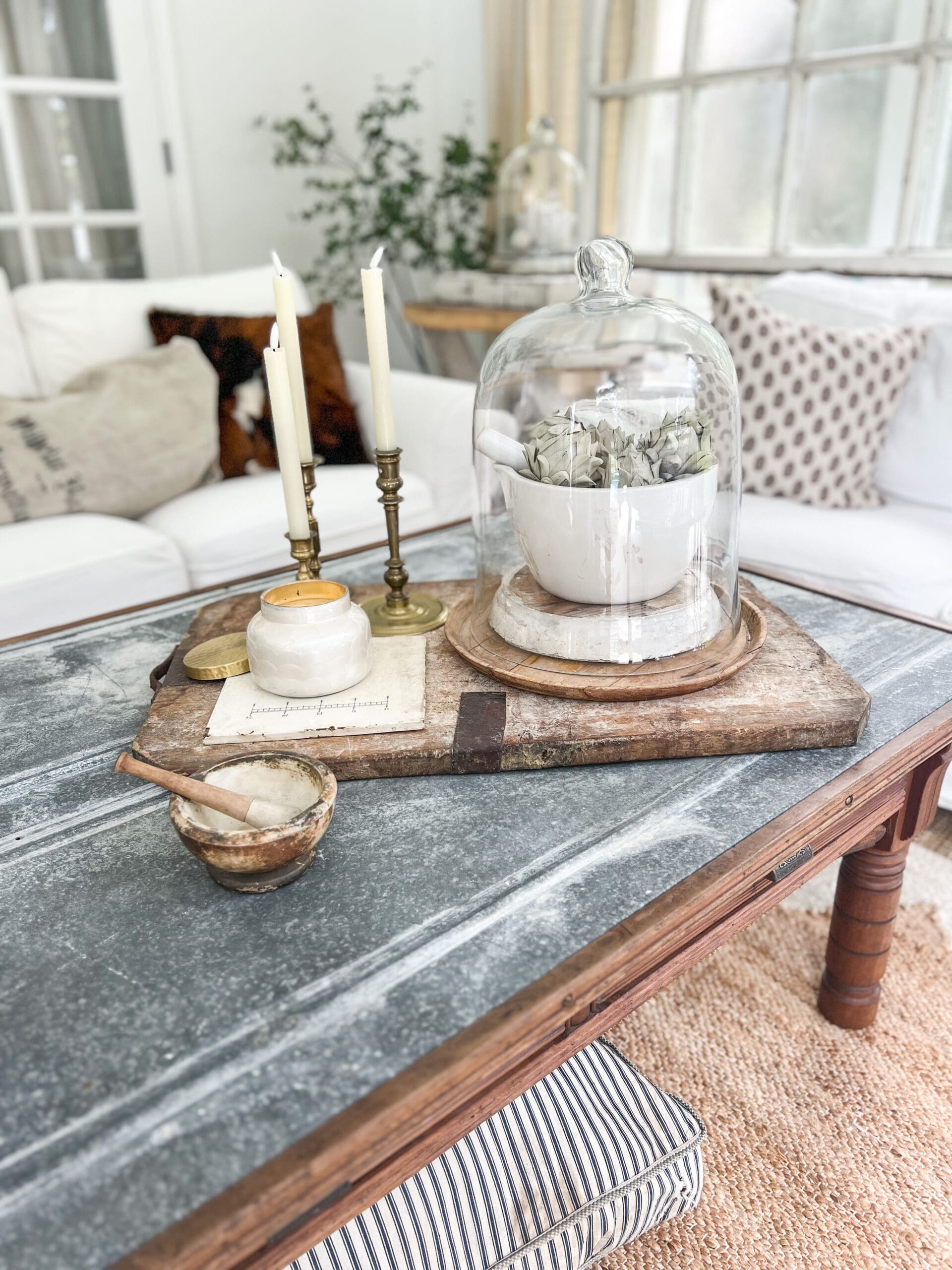Decorating side tables can transform your living space and elevate your home’s overall aesthetic. These small yet versatile pieces of furniture serve a practical purpose while also being a canvas for your personal style. In this comprehensive guide, I will share my personal experiences and practical advice on how to style your side tables. We’ll explore a variety of themes, materials, and decorative techniques to create stunning visual interest.
Why Side Tables Matter in Home Decor
Side tables are often overlooked, but they play an essential role in home decor. Besides providing functionality, they can enhance your decor and showcase your taste. Here are a few reasons why decorating side tables is important:
- Functional Use: Ideal for holding lamps, drinks, and books, side tables are practical additions to any room.
- Design Element: They can act as focal points or complement your existing decor.
- Personal Expression: Side tables provide an opportunity to showcase your personality and style.
Types of Side Tables
Before we dive into decorating tips, it’s helpful to understand the different types of side tables available. Each style offers unique features that can influence your decor choices.
| Type of Side Table | Description | Ideal For |
|---|---|---|
| End Tables | Often placed beside sofas or chairs, these tables provide a convenient surface for drinks and books. | Living Rooms |
| Accent Tables | Smaller, decorative tables that add visual interest without being overly functional. | Hallways, Corners |
| Nesting Tables | A set of smaller tables that can be stored together or used separately for extra space. | Flexible Spaces |
| Console Tables | Longer, narrower tables typically placed against a wall; great for displaying decor. | Entryways, Living Rooms |
Essentials of Decorating Side Tables
When it comes to decorating side tables, several core principles guide the process. Here are some essentials to consider:

Balance and Symmetry
Creating balance is crucial in design. You can achieve symmetry by placing two identical items on either side of the table or asymmetry by using different objects that complement each other. I often start by choosing a central piece, like a lamp, and building around it.
Layering Textures
Layering different textures creates depth and interest. For instance, combining wood, glass, and metal elements can make your side table visually appealing. During my last decor project, I incorporated a wooden tray on a glass tabletop, complemented by ceramic coasters.

Incorporating Heights
Varying the heights of objects can help draw the eye. Use tall vases or lamps along with shorter books or decorative boxes to create a dynamic look. I love using a stacked book method, which allows me to adjust the height of smaller decor items.
Personal Touches
Your side table should reflect your personality. Include personal photos, souvenirs from travels, or items that hold sentimental value. This not only enhances the table’s aesthetic but also tells a story.

Examples of Personal Touches
- Family photos in stylish frames
- Unique souvenirs from travels
- Your favorite books or magazines
Decorating Ideas for Different Styles
Your side table decor should align with your overall home style. Here are some popular styles and ideas for enhancing your side tables.

Modern Minimalist
For a clean, modern look, opt for a few select items. Choose a sleek lamp and a small plant in a simple pot. Avoid clutter; less is more in minimalist decor.
- Use geometric shapes and monochromatic color palettes.
- Incorporate elements like a single candle or a decorative bowl.
Rustic Farmhouse
The rustic farmhouse style is all about comfort and coziness. I love using reclaimed wood side tables paired with vintage finds.
- Add mason jars filled with wildflowers.
- Incorporate woven baskets for texture and storage.

Eclectic Bohemian
For a boho vibe, mix colors, patterns, and textures freely. Layering textiles and using a variety of decor items is key.
- Include patterned table runners or decorative textiles.
- Use an assortment of colorful ceramics or vintage finds.
Tips for Specific Rooms
Different rooms require unique approaches to side table decor. Here are some tips tailored for various spaces:

Living Room
The living room is often the heart of the home, making it a perfect place to express your style.
- Use a larger side table between seating for usability.
- Consider a decorative tray to corral items.
Bedroom
In the bedroom, your side table should be both functional and serene.
- Incorporate a bedside lamp, books, and a small plant.
- Keep items minimal to promote relaxation.

Office
For an office setting, your side table can serve as a mini workstation or display area.
- Add organizational items like pens or notebooks.
- Incorporate personal touches that inspire creativity.
Common Mistakes to Avoid
In my decorating journey, I’ve learned that certain mistakes can detract from your side table’s effectiveness:
- Overcrowding: Resist the urge to fill every inch. Choose a few impactful pieces.
- Ignoring Scale: Ensure your decor items are proportional to the table size.
- Neglecting Functionality: Remember, your side table should remain functional. Avoid blocking space.
Maintenance and Care for Decorated Side Tables
Once beautifully decorated, it’s essential to maintain your side tables:
- Regularly dust surfaces to keep items looking fresh.
- Rotate decor items occasionally to keep the look updated.
- Be mindful of spills or stains, especially on fabric or wooden surfaces.
FAQs About Decorating Side Tables
What are some affordable ways to decorate my side table?
Affordable decorations can include DIY projects, thrift store finds, or using items you already own, like books or candles.
How many items should I place on my side table?
Aim for three to five items to create balance without overcrowding.
What are the best materials for side tables?
Wood, metal, glass, and wicker are popular options. Choose based on your decor style and functionality needs.
Can I use my side table for storage?
Absolutely! Side tables with drawers or shelves are great for keeping items like remotes, magazines, or personal items easily accessible.
How do I choose the right size side table?
Your side table should be approximately the same height as the arm of your sofa or chair for the best functionality and aesthetic.
Conclusion
Decorating side tables offers a fantastic opportunity to express your personal style while enhancing the functionality and design of your home. By following the tips and ideas outlined in this guide, you can create beautiful side tables that reflect who you are and what you love. Remember to play around with different arrangements, and don’t be afraid to experiment. Happy decorating!